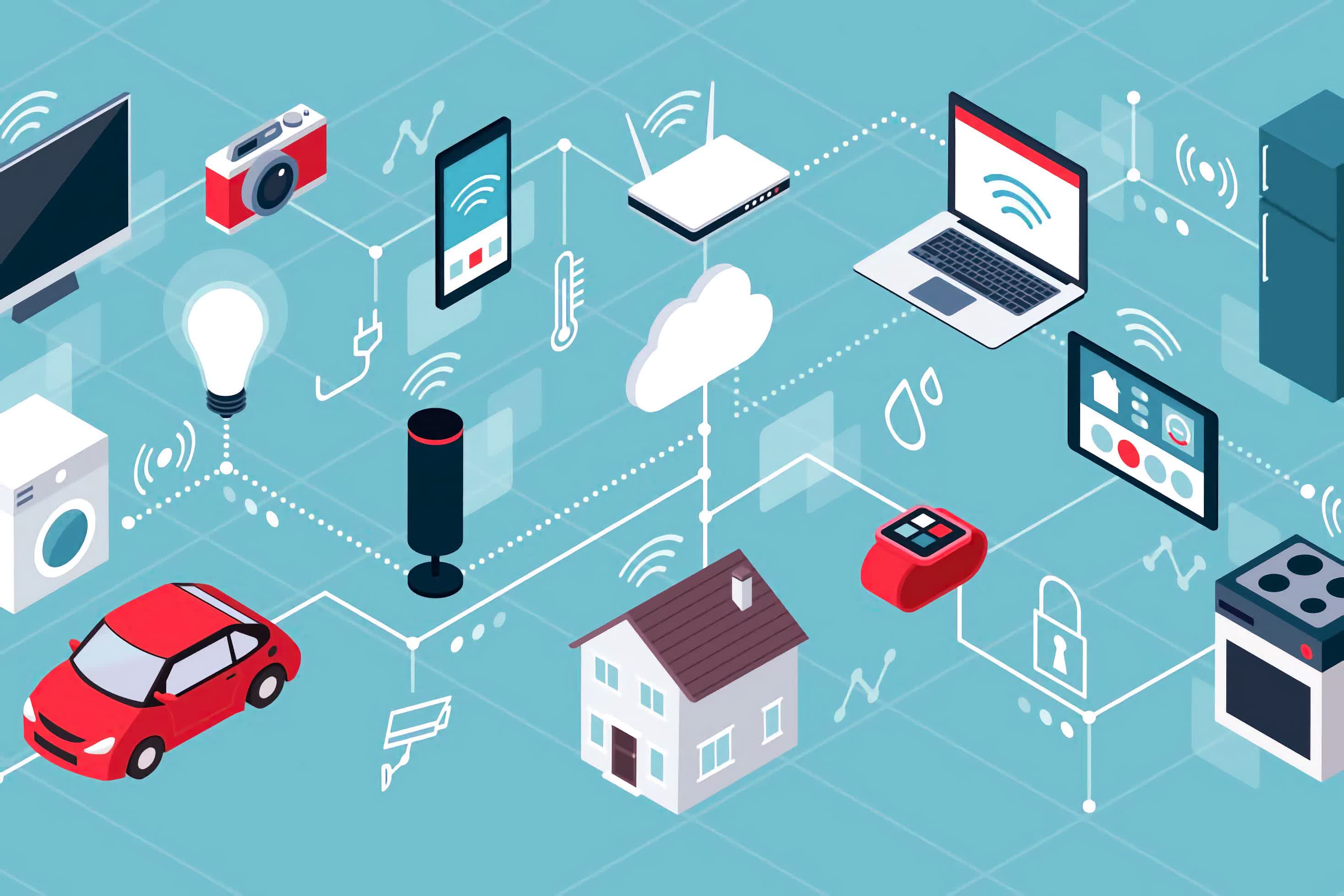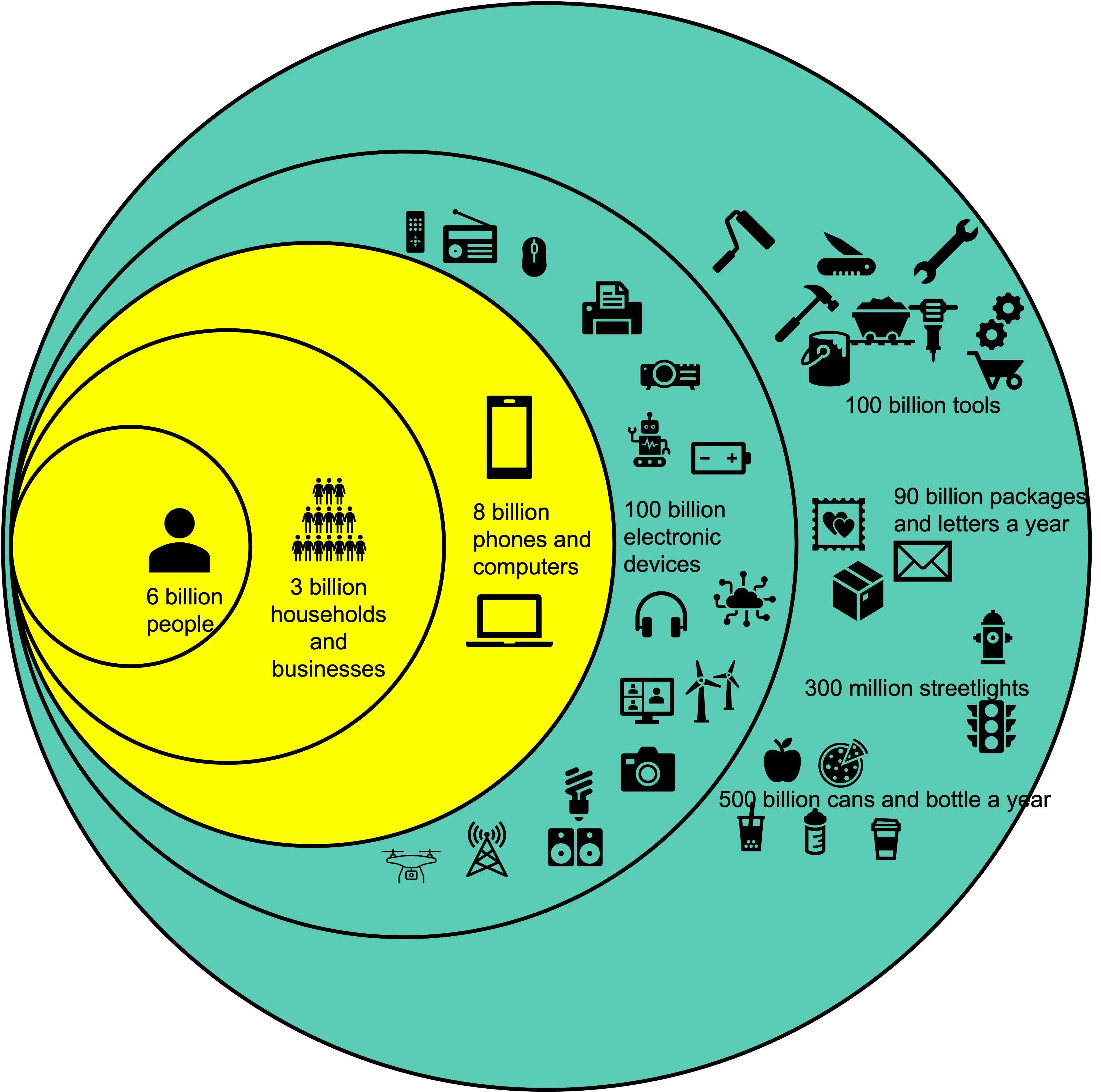The Internet of Things is still a thing. IoT is one of those perennially over the horizon technologies, it is has been five years away for almost 20 years. And as much as many companies have built sizable "IoT" businesses, the big vision still seems distant.
Several years ago, we wrote about what a mess IoT is, in that piece we pointed out that there was never going to be a single thing we can point to and say that is the IoT, different from the regular Internet. So we are sympathetic to the way that many people are suffering from IoT fatigue. Lots of Things are getting connected without us seeing any significant shift in the world. But that does not mean IoT is not going to be important.
Editor's Note:
Guest author Jonathan Goldberg is the founder of D2D Advisory, a multi-functional consulting firm. Jonathan has developed growth strategies and alliances for companies in the mobile, networking, gaming, and software industries.
Having lived in the IoT world for many years, we firmly believe there are two things that mean IoT will be significant in ways we are only just starting to understand.
The first, is that IoT will take longer to emerge than people really understood. Build a new phone and it comes with connectivity, but how do we connect things that are not new?
Retro-fitting is tiring and expensive, and only happens for a small subset of devices. That means things like washing machines, light switches and vending machines, will only get connected when they are replaced. Washing machines can last twenty years, and we have light switches in our house that date back to the house's electrification. As we said, this is messy and gradual, but it is definitely taking place.
The second factor is IoT is much, much bigger than people realize. The Internet is full of forecasts of 50 billion connected things, or 200 billion. Those figures are both big and unexciting. Most of the Things included in those forecasts are electronics - computers, phones, cameras etc. Those things do not need a whole new Internet to connect to, and are part of the gradual IoT growth we are living in. But there is a much larger potential for things that are not electronic, that may not even be electric or powered.
The market for letters and packages is about 90 billion units, tools are about 100 billion, bottles and cans are another 500 billion. And those figures are PER YEAR. The world is awash with Things and Objects. For many of them, the ability to connect to the Internet could be useful. We could locate them, track their usage, find new ways to share them.
Put simply, if we could connect them then we could apply software tools to them, and by know we should all know that this can be incredibly useful. The real market for IoT will be measured in trillions, not billions.
Here the challenge is less about time to adoption and more about economics. Connecting all those things requires very cheap components, really cheap. We were prompted to write this piece by this report about the invention of $0.01 plastic, flexible processors.
We will also need ways to connect these things, Wiliot now sells battery-free Bluetooth tags, and some day those will be priced in cents as well. We will also need a connectivity network, and those are being built now as well. Put simply, the idea of connecting all these things is close, almost tangible today.
As we said, connecting all these things offers immense economic and social value. Better ways to locate recyclable materials, greater sharing through more location information, real-time usage data. The list goes on. That being said, this also holds considerable risk. All those Apple AirTags being used to track ex-spouses, to say nothing of the massive surveillance networks being built in places like China (a top use case for IoT is "Smart Cities").
As with all new technology, we will have to develop ways to come to grips with this potential, because it is already very close.

